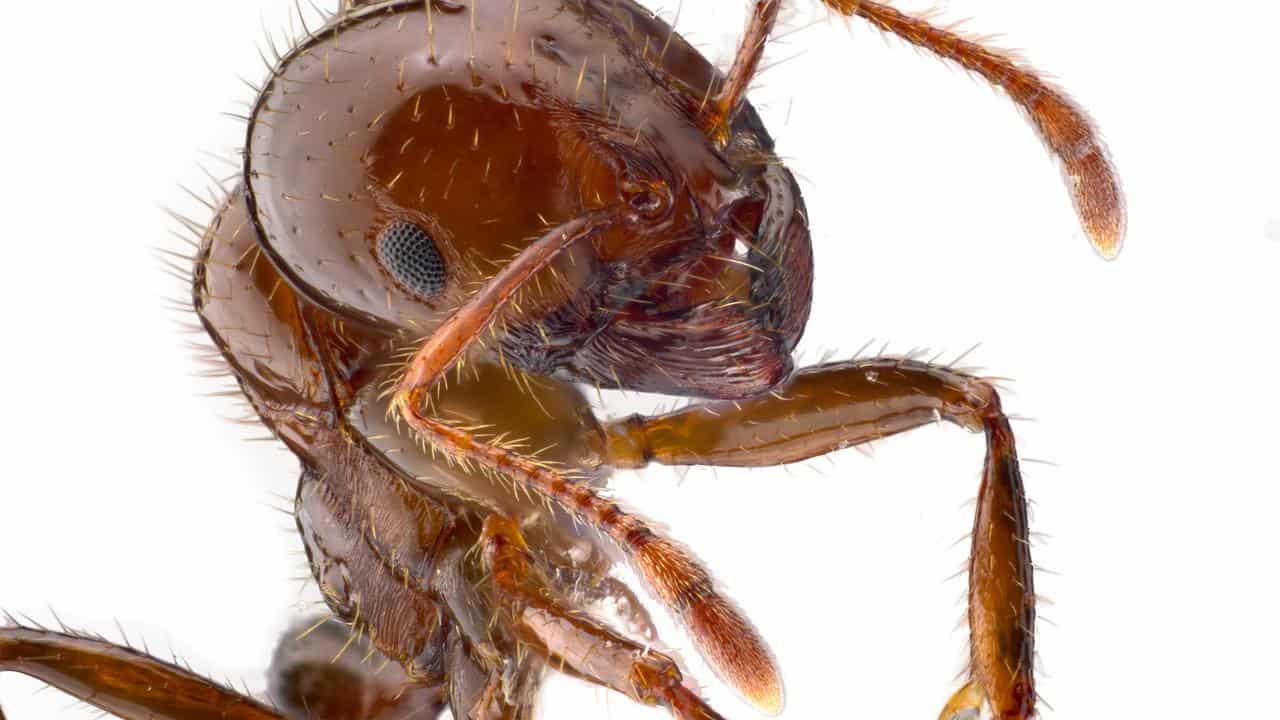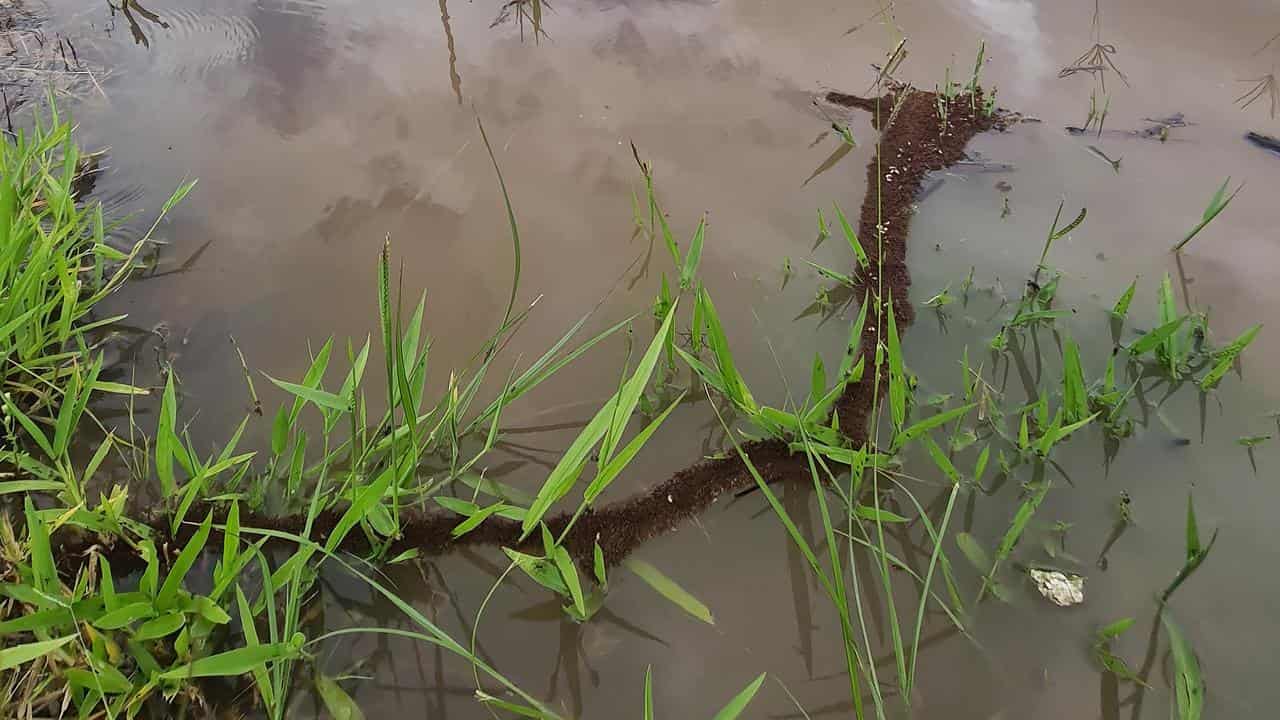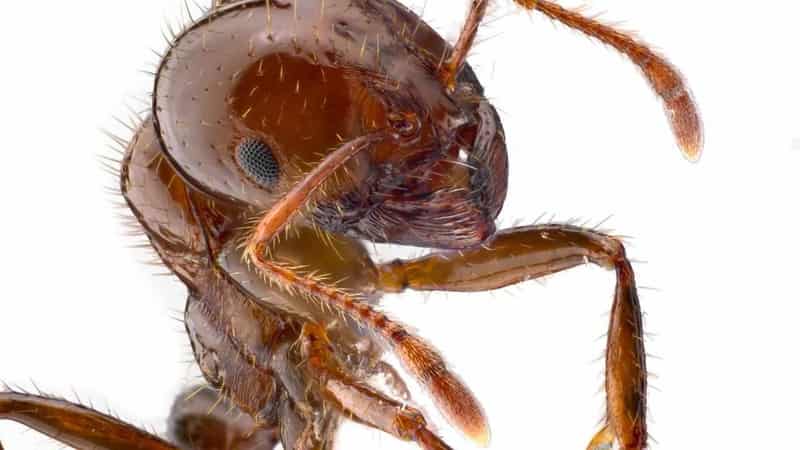
Adored native species such as koalas, platypus and echidnas will suffer greatly if Australia fails to eradicate fire ants, an inquiry has been told.
The nation is at a pivotal point in its war against the superpest, which has been in Australia for more than 20 years.
Long-running efforts to obliterate the invader have only managed to slow its spread, and there's alarm over recent escapes from the containment area in southeast Queensland.
Federal senators who are closely examining the national response to the pest have been given a sobering snapshot of what defeat could mean for Australia's unique animals and plants.
"If established, red imported fire ants would surpass the combined effects of pests regarded as Australia’s worst invasive species - feral cats, feral pigs, dogs, foxes, camels, rabbits and cane toads," the federal environment department says in its submission.
It describes fire ants as "the ultimate invader", with the potential to cover 97 per cent of the country.
They are hyper aggressive, and work together to swarm and kill their prey and defeat anything that disturbs their nests.
In other parts of the world, including China and the United States, fire ants have overrun ecosystems and changed them forever and the department warns it will be no different here if they get away.
A risk assessment of about 120 wildlife species in Queensland's southeast found fire ants are likely to have effects severe enough to cause population declines in 45 per cent of birds, 38 per cent of mammals, 69 per cent of reptiles and 95 per cent of amphibians.
Young platypus and short-beaked echidnas could be overrun inside their dens.
The ants could also prey on any birds that nest on or close to the ground, and koalas could be attacked as they scurry between trees.

Even freshwater and marine turtles won't be safe because the ants will prey on clutches of eggs and hatchlings as they emerge from their nests.
Threatened Species Commissioner Fiona Fraser told the inquiry climate change would further amplify the fire ant threat.
She referenced their ability to form rafts with their bodies to survive floods and reach new areas.
They are also better than other species at surviving bushfires, meaning they are around to pick off any native animals that survive the flames.
"We're spoiled for choice with examples of impacts on both threatened species but also species which aren't yet threatened," Dr Fraser told senators.
"The ants occur ... in such densities that any plant or animal which is in their path faces a significant threat, at least at a local level."

Plant impacts can also be severe with the ants tunnelling into stems, ringbarking seedlings, and eating plants and native insects that provide critical pollination services.
Monday's hearing also took more evidence from the farming sector, with the National Farmers Federation echoing the concerns of other agricultural bodies.
Representatives said there was an urgent need to eradicate the pest, and described estimates the ant could cost the nation $45 billion were conservative.
Federation spokesman Warwick Ragg said there had been a stop-start approach in the fire ant war, and resourcing problems had plagued that effort.
He expressed deep concern about recent "escapes" from southeast Queensland, inland towards the west, and south into NSW.
The federation said it hoped a recent increase in funding for eradication - a cost shared by federal, state and territory governments - would be enough, but only time would tell.
They demanded all sectors of government fund the war, not just agricultural departments, given the vast spectrum of threats fire ants posed, including to human health.
The inquiry continues.









